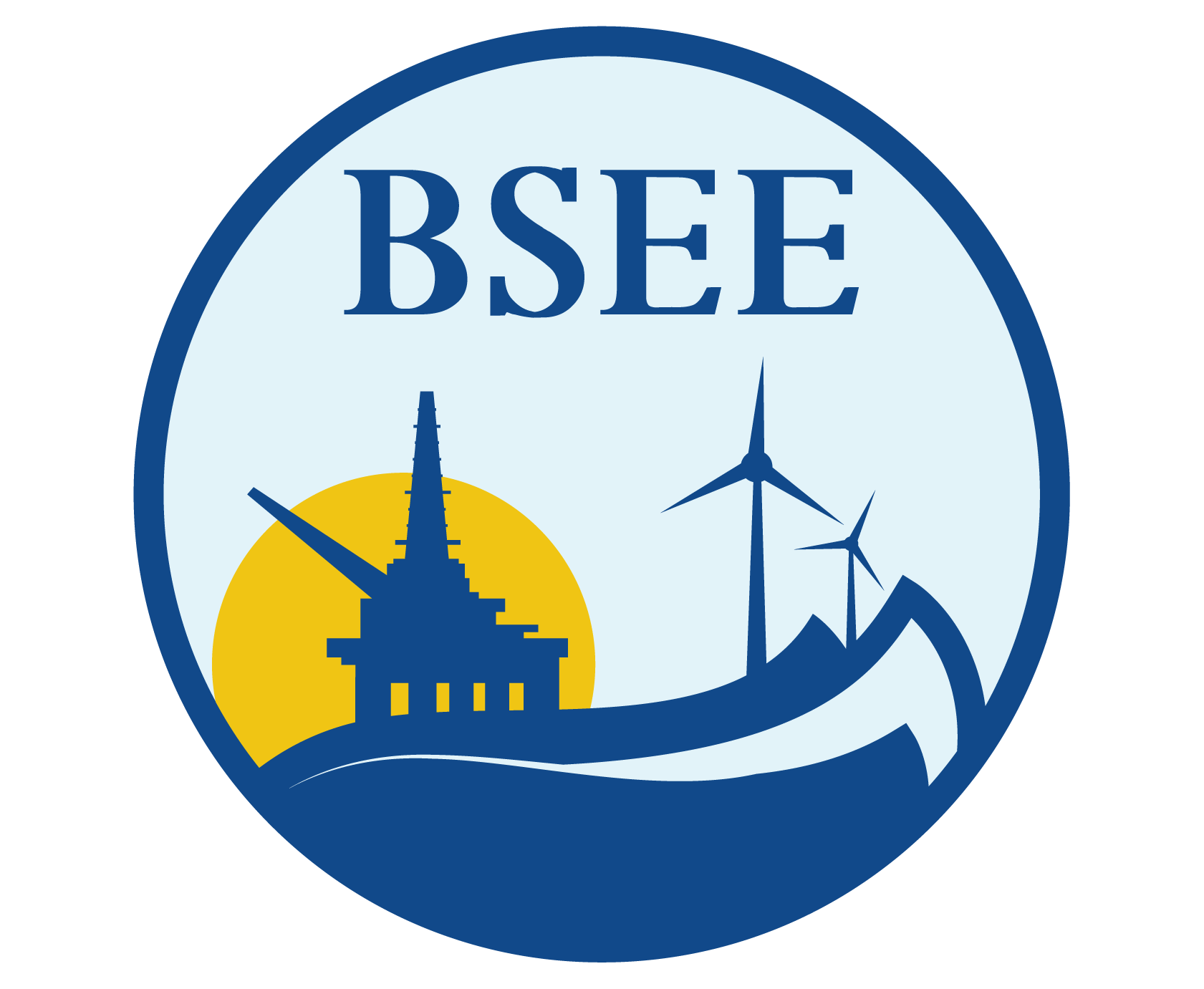TAP-085-Subsea Collection of Blowing Oil and Gas
As oil and gas activities move into deeper and more distant waters, the use of conventional spilled-oil recovery equipment requires further analysis. The prospects are attractive for using large, self-contained collection ships which can deploy subsea collectors over blowing wellheads while remaining on station in heavy weather, recovering oil, and separating out water. An engineering concept and cost analysis of such a system was performed.
